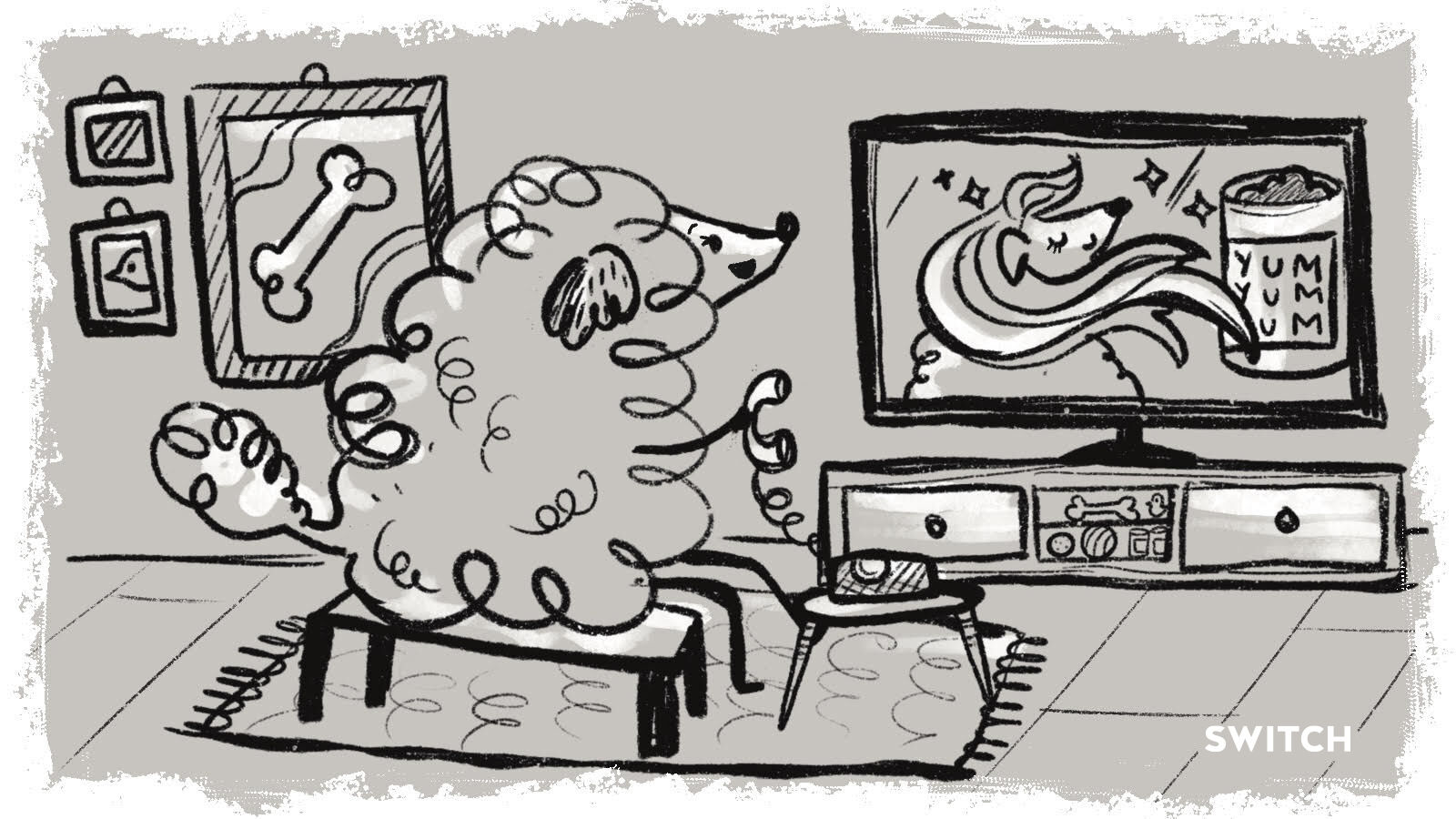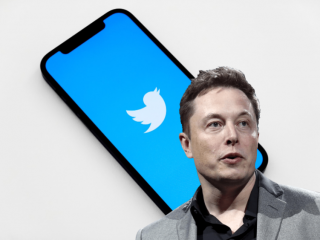H2H: Leaving behind the B2B thinking
I find that terminologies like B2B and B2C bring me back to my undergraduate studies when everything which had to do with marketing was purely theory-based. Although applying theory is (in theory) important, thinking too much in boxes doesn’t quite work in the marketing world.
Ed puts it brilliantly in his The Power of Brand in B2B marketing blog:
Thinking specifically about Business to Business is an approach that removes some of our marketing obligations. In a way, it’s an admission that we’re about to get quite lazy with our marketing efforts, wrapping sales tactics in pretty colours and trying to pass that off as marketing.

When is it B2B, B2C or H2H?
Let me ask you a question: are dog food brands targeting dogs?
Whether we are trying to convince the end consumer to purchase the food for their beloved furry best friend, or the pet stores that should stock up on the brand of dog food, we are unequivocally talking to humans.
Humans who have interests, hobbies and specific lifestyles.
Yet, unlike B2C, whenever people think of B2B marketing, they tend to have a misconception that they are talking to faceless corporations.
But who is really behind these businesses?
Machines?
With B2B marketing, audiences are often just grouped into job categories: business developers, sales teams, marketing managers.
What is missing here are the elements that define each individual: their own goals, career paths and struggles.
We can’t forget that business buyers are human beings.
The B2C model of profiling audiences should be applied in the B2B strategy too, and this is why we scrap these two terminologies almost completely and instead focus on human-to-human communication.
We’ve been talking about H2H for at least the past 10 years, yet, whenever we mention the B2B work that we do, it is often believed that we are just talking to the corporation that is being targeted, and not the humans behind it.
With that in mind, here’s our top 3 tips to tackle B2B communication.

Tip 1: The H2H profiling
When thinking about the marketing strategy for B2B clients, our first step is the same one we take for B2C clients: we ask ourselves, ‘who are we talking to?’
Audience profiling is an approach that has worked in the B2C world for decades, and it would be a wasted opportunity if the same learnings weren’t applied to B2B marketing as well.
First, we identify the primary and secondary audiences who we want to connect with: these become our references for everything we do. With every piece that we publish, we ask ourselves what the benefit for audience X would be to read this blog, or subscribe to this newsletter, or watch this tutorial?
The three main questions that we ask ourselves for each effort and audience are:
- What benefits does this provide?
- What problems does it solve?
- What conversation can it trigger?
If it doesn’t answer at least one of the above, we go back to the question and tweak the strategy and execution till it does.

Tip 2: Sharing our secrets
We truly believe in the importance of providing valuable content that creates meaningful conversations and connections, and we’ve learnt to achieve this by revealing our secrets.
A little like a grandmother sharing her delicious, super secretive chicken recipe, we share the things that we know work.
This can be quite uncomfortable and at times can create internal conflicts because not everyone feels comfortable with revealing winning formulae – there is a sense of pride that can be difficult to let go of.
As uncomfortable it can be to be so transparent with what we put out, it generates two great benefits:
- Existing and potential clients reach out to discuss how we can apply our expertise to fix their problems.
- Clients, suppliers, and other agencies might benefit from what we share and may choose to apply them directly – being a source of both information and inspiration is a great reward.
When we plan our content, we deliberately mix business with empathy.
Our ultimate goal is to provide business solutions, which we achieve by sharing knowledge and showing how to apply it. These efforts have helped us build great business relationships with clients, suppliers and agencies alike.

Tip 3: From one human to another human
Keeping in mind the first point we made about human-to-human communication, we’ve been working on optimising the LinkedIn platform in the most human and organic way possible.
Although brand communication is fundamental in your marketing strategy, we have found that content shared on LinkedIn by business owners and key team members performed significantly better.
It is pretty obvious to see why that is the case: we trust in humans more than we do in brands, even when they are the humans behind those said brands that speak to us.
I am not going to go into the details of how to successfully be present on LinkedIn because we’ve already written about it – if you’d like to check these out, here are our two resources:
A guide to LinkedIn for Business Leaders
Running a business is extremely time consuming, and not everyone has the time to put into growing their personal brand on LinkedIn, so we’ve filled that gap by providing businesses with a concierge service specifically designed for organic LinkedIn posting.
Human marketing is all about finding the perfect balance.
Yes, selling will always remain the ultimate goal, but incorporating ways to find solutions to problems or provide your audience with unique experiences should be as important to your strategy, whether it is B2B or B2C (but always H2H).




